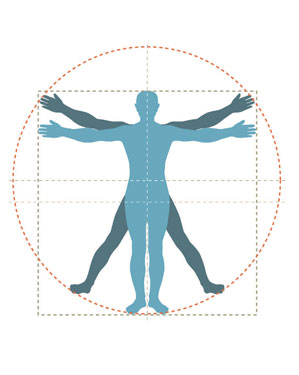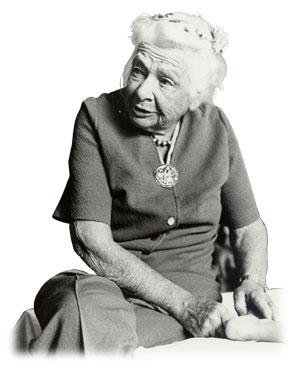
Hi. I am Diane Roth. Welcome to my website.
Here you will find some information about Structural Integration, its benefits, what to expect and info on my experience and training.
Please feel free to contact me with any questions, to talk about your health care needs and if SI is a good match for you. Glad you stopped by to learn about this work and what it could do for you.
Rolfing
Structural Integration (SI) is a form of bodywork that aligns, balances and educates a body by working on the connective tissue or fascia.
Rolfing
Why we need Structural Integration
Injury, trauma, or everyday things we do – computers, phones, driving and stress – will cause our bodies to tighten and strain over time. Fascia adjusts to accommodate strain and misalignment.
Fascia is the vehicle of form and support for the body. It is the layer under the skin, it surrounds muscles and muscle fibers, it surrounds organs, it is elastic and changeable. It connects and communicates.
Our bodies function best when they are balanced front to back, side to side, inside to outside. When they are unbalanced, our bodies break down. These imbalances and compensations erode the relationship between body parts over time. Fascia that is shortened in one area will affect the structure and function in other parts of the body. We will experience decreased range of motion; our energy is down; we have chronic pain. Instead of supporting us and lifting us, gravity weighs us down. As the body shortens and tightens, our sense of well being diminishes
All About Structural Integration
The Benefits of Structural Integration
Everyone can benefit from Structural Integration, whether you are seeking relief from pain, increased athletic performance, or an enhanced sense of well-being. People of all ages will respond well to SI. When taking your individual health history, your practitioner will explain any contraindications that may exist for you and outline clear goals and expectations for your work together.
How Structural Integration Works
Structural Integration helps restore the body’s structural and functional integrity by removing tensions and restrictions in the connective tissue web. SI bodywork focuses on manually freeing and sculpting fascia. Fascia becomes glued, hard and dehydrated as it responds to misalignment and malfunction over time. The SI practitioner can free these restrictions by the skilled application of pressure and movement.
Origins of Structural Integration
Structural Integration was developed by Ida P. Rolf beginning in the 1930’s until her death in 1979. Dr. Rolf had a PhD in biochemistry, worked at the Rockefeller Institute for 12 years, and also studied atomic physics. Her search for health and wellness led to some fundamental discoveries about the body, particularly the physiological properties of fascia. She was able to envision the connective tissue as a system in and of itself with particular structural and functional qualities.
What to Expect in a Session
Each session begins with the practitioner and client discussing the client’s current condition. The practitioner will typically observe the client’s structure standing, moving and sitting. This is called body reading. This visual observation assists the practitioner in assessing relationships and changes in the client’s body.
“Fascia does not discriminate, it simply keeps growing and eventually hardening into whatever shapes you make most often with your body. Unfortunately today that most likely means your body resembles the shape of a an office chair”
Janu Vanier




